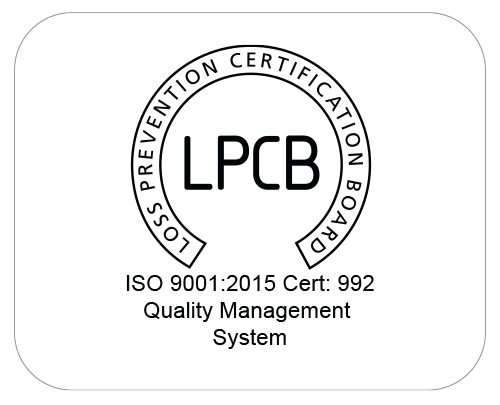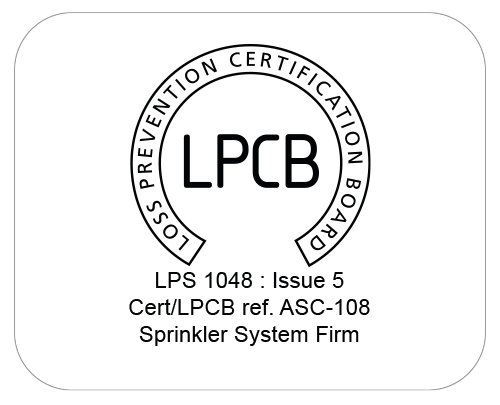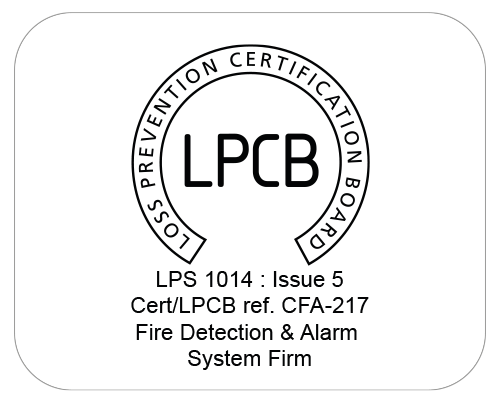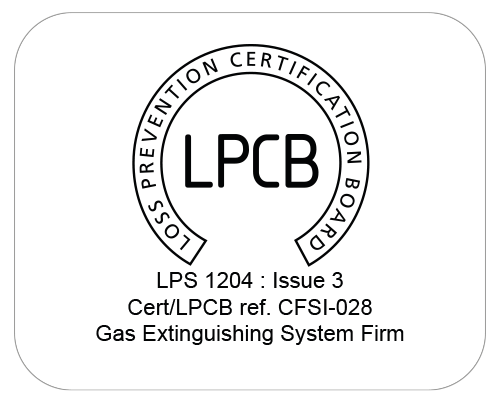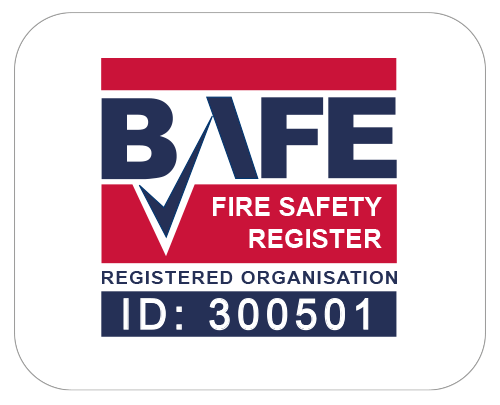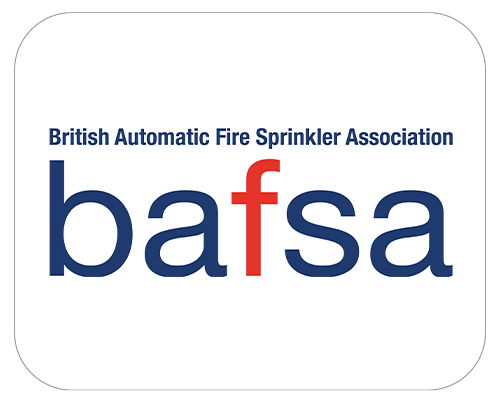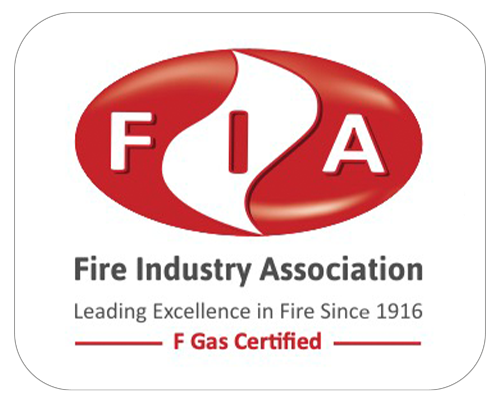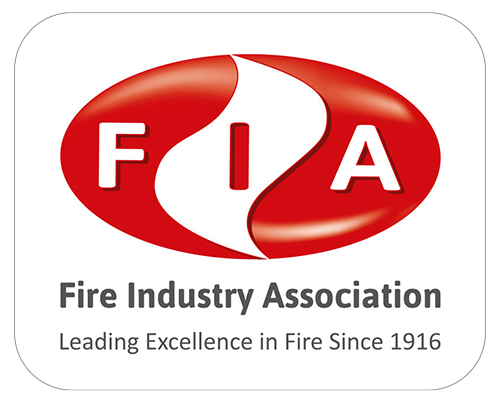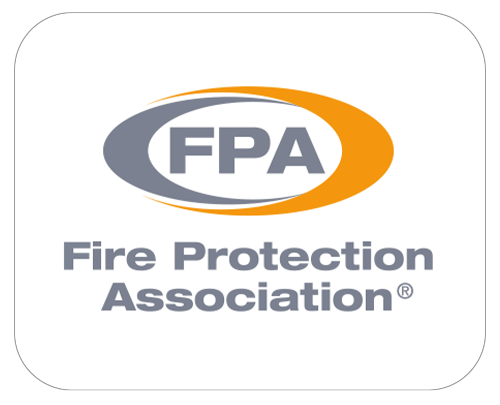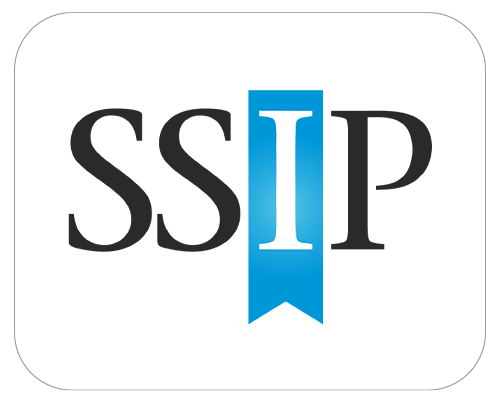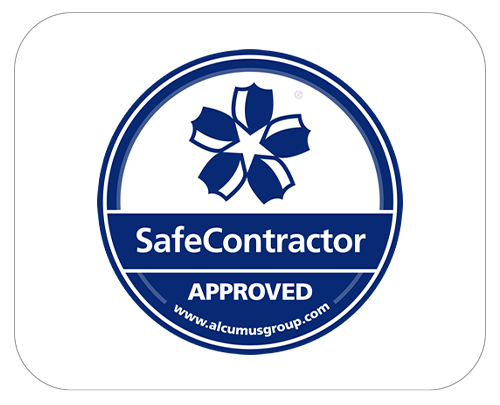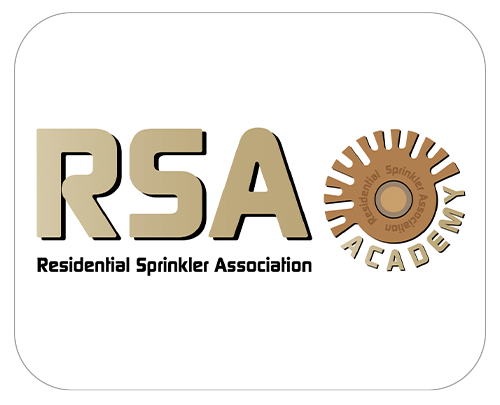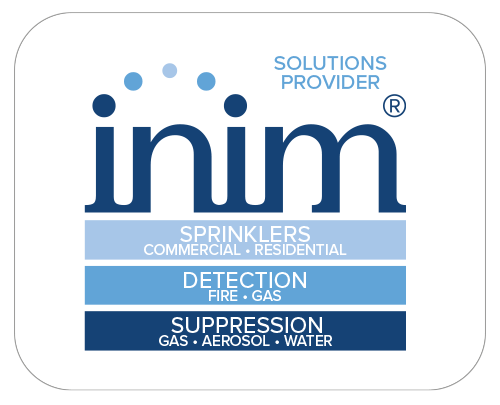

Legal Requirements
A Fire Risk or Insurance Assessment, may stipulate the need for a Gas Extinguishing or Condensed Aerosol Systems based on:
Nature of the asset or equipment being protected
Criticality of the operation or environment (e.g. data centres, control rooms, archives, or power infrastructure)
Inaccessibility or unsuitability for water-based systems
High fire risk or sensitivity to water damage
Fixed Fire-Fighting Systems are often mandated when conventional suppression methods, such as sprinklers, may cause additional harm or are insufficient for fast-spreading or hard-to-reach fires.
Compliance typically aligns with industry standards such as:
- BS EN 15004 (Gas Extinguishing Systems)
- BS 5306:4 (Carbon Dioxide Systems)
- BS EN 15276 (Condensed Aerosol Systems)
Their primary purpose: Rapid suppression of fire to protect assets, and operational continuity.
Insurance Requirements
Many insurers recommend or require fire detection systems for:
Enhanced property protection
Reduced financial loss
Quicker recovery after fire incidents
Can assist to improve insurability for high-risk premises
Fire Engineering
The supply and installation of Gas Suppression or Condensed Aerosol Systems by an LPS 1204-certified firm, plays a critical role in achieving fire safety compliance, particularly in performance-based designs.
These systems help to:
Protect people, critical assets, and business continuity
Support fire-engineered strategies where traditional suppression methods are not suitable




